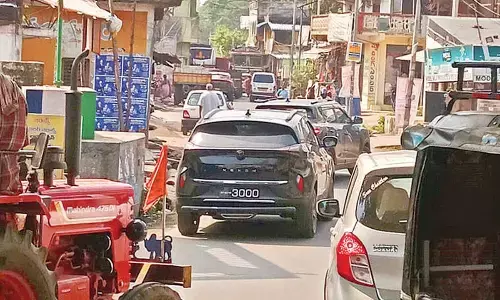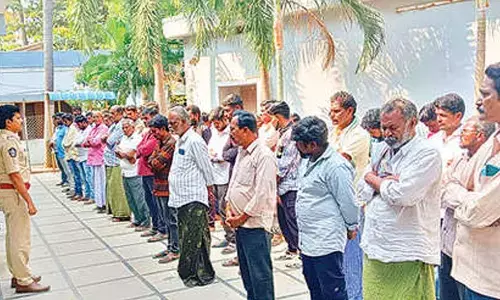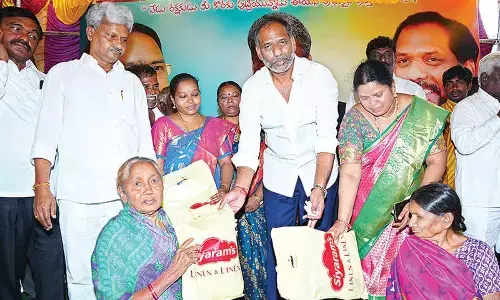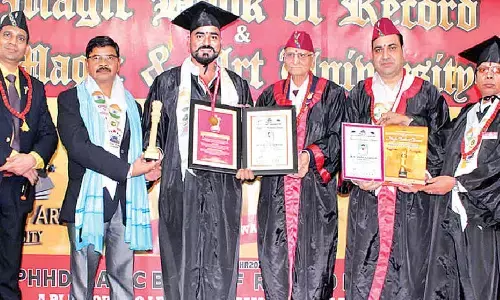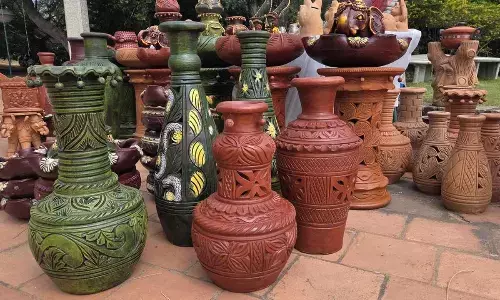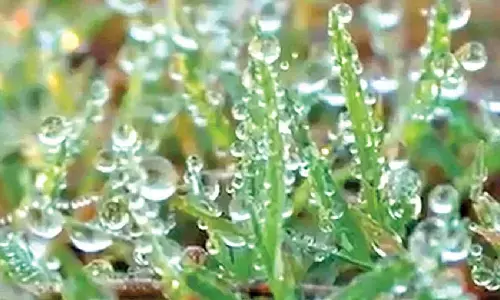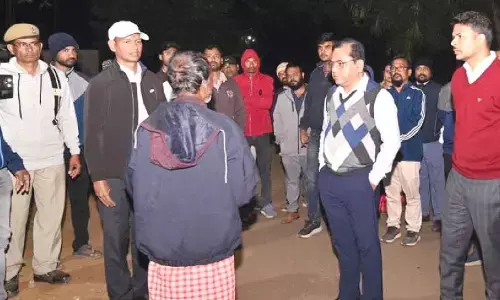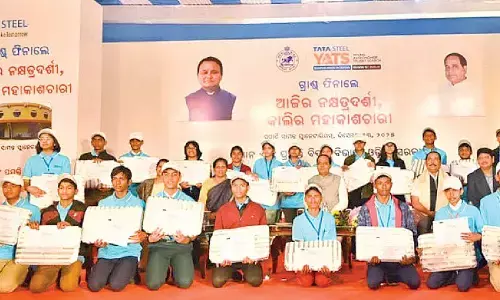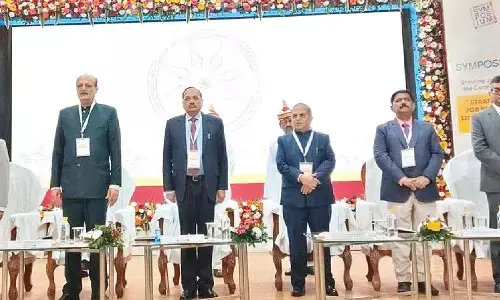MyVoice is to lift up the voices and experiences
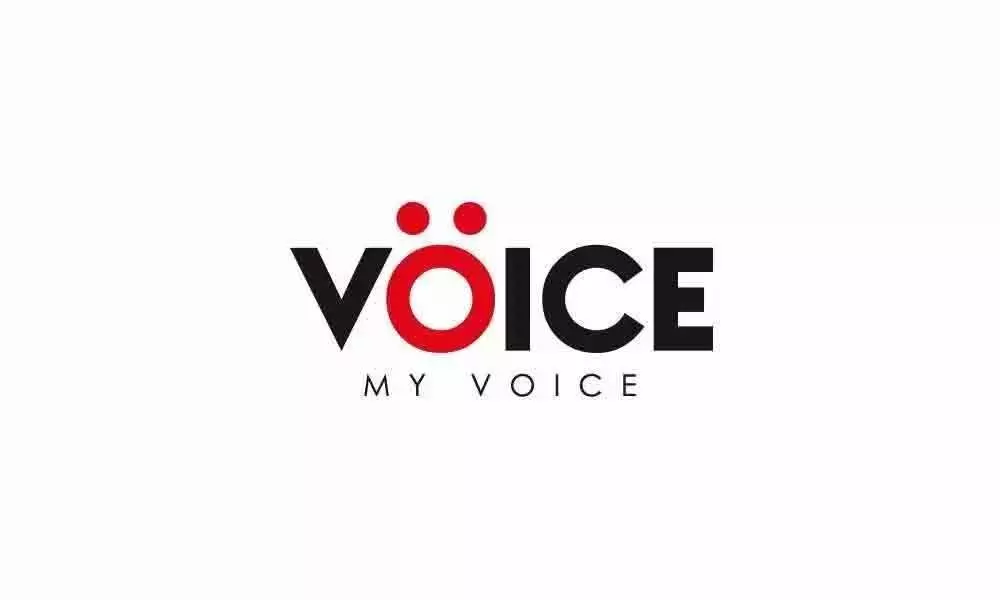
MyVoice is to lift up the voices and experiences
The burden of malnutrition in TS
India is currently undergoing dramatic transitions in economy, demography and nutrition, conditions of overweight and obesity are on the rise, thereby posing greater risks for non-communicable diseases such as diabetes, cardiovascular disease and hypertension in the population, revealed the Comprehensive National Nutrition Survey (CNNS) 2016-2018 report, which is the first nationally representative nutrition survey of children and adolescents in India.
The survey has found that Telangana has recorded 29.3 percentage of children suffer stunting from birth to four years of age, while the National average is 35 percent.
The stunting or low height for age is a sign of chronic under-nutrition that reflects failure to receive adequate nutrition over a long period and is also affected by recurrent and chronic illness.
Children are defined as stunted if their height-for-age is more than two standard deviations below the WHO Child Growth Standards median. Therefore, the first 1000 days is considered the most important period to intervene to prevent the lifelong damage caused by malnutrition.
The wasting or low weight for height is a measure of acute under-nutrition and represents the failure to receive adequate nutrition leading to rapid weight loss or failure to gain weight normally, wasting is prevalent among the children of Telangana in the age group of 0 to 4 years, 17.9% of children were wasted in Telangana.
Overall, the findings report finds that 29.3 per cent among children under five were stunted, 17.9 per cent were wasted, and 30.8 per cent were underweight in Telangana.
BMI is a commonly measured to assess thinness, overweight and obesity among children and adolescents aged 5-19 years. The prevalence of low BMI among children in Telangana was 28%.
The prevalence of low BMI was decreased with mother's formal education and household wealth among both children and adolescents.
In school-age children (5-9 years), the survey found that 22 per cent of children were stunted, 10 per cent were underweight, 23 per cent were thin, and 5.7 per cent were obese or overweight in the age group of 10-19 years.
A nutritionally-adequate diet during the first two years of life is necessary for optimal growth, health and development of children. Dietary diversity is a proxy for nutrient adequacy of the diet.
Insufficient dietary diversity and meal frequency play a key role in nutritional deficiencies among infants and young children, leading to increased risks of childhood morbidity and mortality.
In Telangana only 13.2% of children across districts in the state met the minimum dietary diversity, a qualitative measure of food consumption that reflects households' access to variety of foods.
The report also found that the percentage of children in the age group of 2 to 4 years across Telangana consuming eggs (20%) and vitamin A-rich foods (30%) was considerably lower as compared to many other states.
Moreover, the percentage of children in the age group of 1-4 years across Telangana is having vitamin A deficiency by 26.5%, Vitamin D deficiency by 9.6% and Zinc deficiency by 10.1%.
Anaemia is a condition marked by low haemoglobin (Hb) concentration and is an important risk factor for the poor health and development of children and adolescents.
It adversely affects psychomotor and brain development; causes weakness, fatigue and poor productivity; and predisposes individuals to infections.
About 37.8% of pre-schoolers aged 1-4 years, 27.2% school-age children aged 5-9 years and 32.1% adolescents aged 10-19 years, had some degree of anaemia in Telangana.
Furthermore, there is a growing risk of NCDs among children aged 5 to 9 years and adolescents aged 10-19 years in Telangana. Among the Non Communicable Diseases, diabetes was found to prevalent among the age group of 10-19 years is 8.6 percent is pre-diabetic and 1.1 percent found to be diabetic.
The percentage of children aged 5–9 years with high total cholesterol is 0.8,, high LDL is 0.7, low HDL is 16.2 and high triglycerides is 21.9 in Telangana.
The report noted that prevalence of diabetes is on the rise in Telangana is due to rising level of obesity, poor diet and inactivity.
Now it is a common man disease not associated with affluence. If obesity and diabetes is not addressed, it will be a problem for the State's growth and economic progress.
Gudipati Rajendera Kumar, Hyderabad
Jagan should move beyond welfare schemes
YSRC party rule under the chief minister ship of Mr. Jagan Mohan Reddy looked more like a welfare government than all round development party. He is liberally distributing money /pensions on various heads.
No doubt his programs like Kanti Velugu, Pensions to uncared paralytic stroke persons, pensions to people suffering with kidney problems and his inclusion of Dengue and malaria under Arogyasri scheme are aimed at ameliorating the lives of people but implementing them without caution will lead to the misuse of welfare schemes.
Of the Navaratnas promised to people, half of them are not well scrutinised and it puts a heavy burden on the weak exchequer of state.
Jagan showering boons not only for the needy but also for those who are not even asking for them, take for instance granting of Rs.10000 to Auto rickshaw owners, how much it is going to strain the economy of state?
Jagan seems to be the modern reincarnation of boons sanctioning mythological Shiva . He has to contemplate whether he is doing justice to the tax payers money by concentrating only on certain sections in distributing money in the name of various schemes ,is not the states development put on back burner ?
The vital areas like infrastructure development, road map to establish new industries, building of New capital and speeding up of Polavaram dam works are neglected in his over zeal to distribute freebies to the needy and also to unsolicited sections.
The thousand-dollar question is where from the government pools money for many ambitions schemes to implement? State's economy is already in doldrums
There seems the state's priority is spending major part of revenue on welfare schemes neglecting revenue yielding sources ,the state's economy as projected by economists is so sick that even banks are hesitating to lend money to state doubting it's repaying capacity.
This is high time for the government to cut the coat according to the cloth available and had to judiciously earmark financial provisions for governments money guzzling schemes and also for the infrastructure development or else the state in near future may face financial crisis, hope wise counsel prevail over government and they also concentrate on the development of state apart from meeting its welfare schemes.
M Ramakrishna, Kakinada
Come clean, Mr PM!
Moody's forecast that country's GDP growth would decline for March 2020 is alarming, of course what more can we expect from the present government , which neither possesses professionalism nor prepared to take the advise of intellectuals (Moody's slashes GDP growth forecast to 5.8%, October 11).
P.V. Narsimha Rao government effectively addressed the balance of payments crisis in 1991 and paved way towards liberalisation and financial reforms with the support of Finance Minister Man Mohan Singh. Subsequent governments led by Vajpayee and Manmohan Singh continued Rao's reforms but the present regime is functioning indifferently.
One wonders why Modi, known for delivering tall speaches maintains studied silence on growing unemployment, falling GDP, rupee and other negative aspects ?
Kshirasagara Balaji Rao, Hyderabad
Secularism and India
Further to Ramu Sarma's hard-hitting article on religious expressions, secularism has become extremely complicated in India.It was necessary in the Western context, but its import to a cultural context like India was grossly inappropriate.
It has become dangerous too as religious frictions seem to be increasing ironically, despite including the word 'secular' in the Constitution preamble.
It is a tragedy that the West confronted the tree of Indian traditions by taking hold of the branches and making them different religions.
This was in trying to make sense of the tree. The individual branches fought or agreed with each other depending on the levels of scholarship.
Thus, Western, and colonial scholarship created the sometimes even antagonistic religions like Hinduism, Buddhism, Sikhism, Jainism, and so on, when none existed.
This internalisation of a discourse, in a classic case of colonial hangover in post-Independent India, has consequences far deadlier than we can imagine.
Indian traditions span over rituals, mythology, and philosophies of the most varied kind ranging from atheism to non-dualism.
There is no dichotomy when a space scientist breaks a coconut in the temple before the launch of a rocket or when a surgeon prays to a higher power before operating.
These do not surprise or bother us too. It does now, with the secularism discourse. Roover goes on to say emphatically that Hindu fundamentalism and revivalism is a consequence of the inappropriate application of a liberal secularism policy, in fact!
The dualistic philosophies with Bhakti at its core have its resemblances to the Semitic religions; but apart from that, it is a metaphysical and sociological impossibility that there are religions in India.
In Indian culture, rituals are the root model of learning; and it is different from the Western model of learning. It is a truly accepted and an acknowledged fact that rituals and traditions unites societies, whereas religion has always divided people, say Dr Balagangadhara and Jakob De Roover.
Religion and rituals are two separate root models of learning; and this essential difference between the West and the East needs a clear understanding.
For reasons we do not understand, these scholars say, even Islam and Christianity took the form of traditions in India.
India's pluralism and multi-cultural diversity has been much more than Europe has ever seen or handled anytime in its history. We have handled pluralism far better for thousands of years without any gross genocides in the name of religion.
The peculiar application of secularism now allows our courts, who have taken the previous role of the Churches in assessing pagan rituals, to distinguish between the essential and the non-essential (secular/ superstitious) 'religious' practices in India.
The solution to handle cultural diversity is within us; and we need to look inside rather than looking at solutions appropriate for a certain time in history and in a certain place with its issues of handling diversity.
Dr Pingali Gopal, Warangal
Privatisation is no solution
The ruling parties in India whether it's BJP now, Congress or that matter non- left regional parties, seems to assume that privatisation is panacea for better service to citizens.
The ongoing RTC strike and Indian Railways move to partial privatisation is one such move and like many other public services. The service to customers or public depends on attitude.
In private sector the staff work under fear which in turn slowly affects the service with demotivation. Also the attitude of Indian private sector until we turn customer, the service would go beyond our expectations, once we turn customers and money get paid, we have to beg to resolve problems.
The Internet service providers outsource work to third and one should experience the behaviour of their staff. The less said about private airlines and even cab operators, the better.
If elected representatives think that privatisation would resolve all Ills in India, why not hand over the government to private parties and we can at least save tax payer's money on periodic elections etc.
N Nagarajan, Hyderabad
India-China need to interact frequently
The "Go back, Modi" hashtag trending worldwide has put a dampener on the ongoing summit between two high-octane world leaders. Making the students look like clones of the visiting leader by making them wear his mask could have been avoided. The Tamil attire (veshti and angavastram) suited the Prime Minister well and demonstrated his appreciation of India's ethnic diversity. The Kashmir issue has cast a shadow over the informal summit meeting between Prime Minister and Chinese President Xi Jinping in Tamil Nadu's Mamallapuram.
China explicitly differs with India over its unilateral decision to revoke special status for erstwhile Jammu and Kashmir State. Xi Jinping has felt no need to be guarded in saying that he is keeping a close watch on how the situation in Kashmir develops. China continues to regard Pakistan as a vital strategic partner in the geo-political equation.
Pakistan relies on china as an 'all- weather friend'. By devolving power on the people of Kashmir and fulfilling their legitimate political aspirations, New Delhi can attenuate the combined pressure of China and Pakistan and convince the world that Kashmir is an 'internal matter' of India.
It is mature and sensible of India that it has not commented on Hong Kong and other trouble spots in China. On the trade imbalance between India and China, Prime Minister Narendra Modi should take pains to persuade Xi Jinping to agree for a fair and equitable bilateral trade relations. As of now there is the $53 billion trade deficit between the two countries. It must be reduced considerably.
The intractable and ticklish boundary dispute has to be resolved through negotiations. In a spirit of good neighbourliness Beijing should move beyond stepping up and easing tension on the border as and when it wants and reach amicable settlement of border disputes. Despite its military might and economic strength, China must engage with India for the normalisation of relations.
G David Milton, Maruthancode, TN









